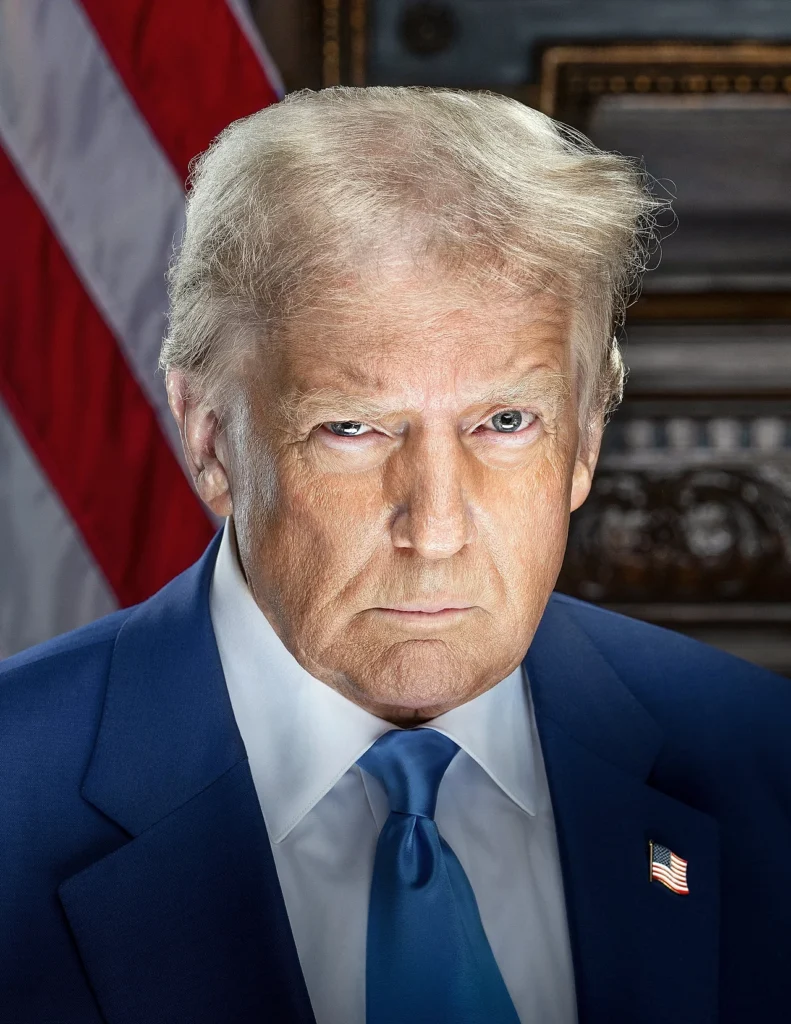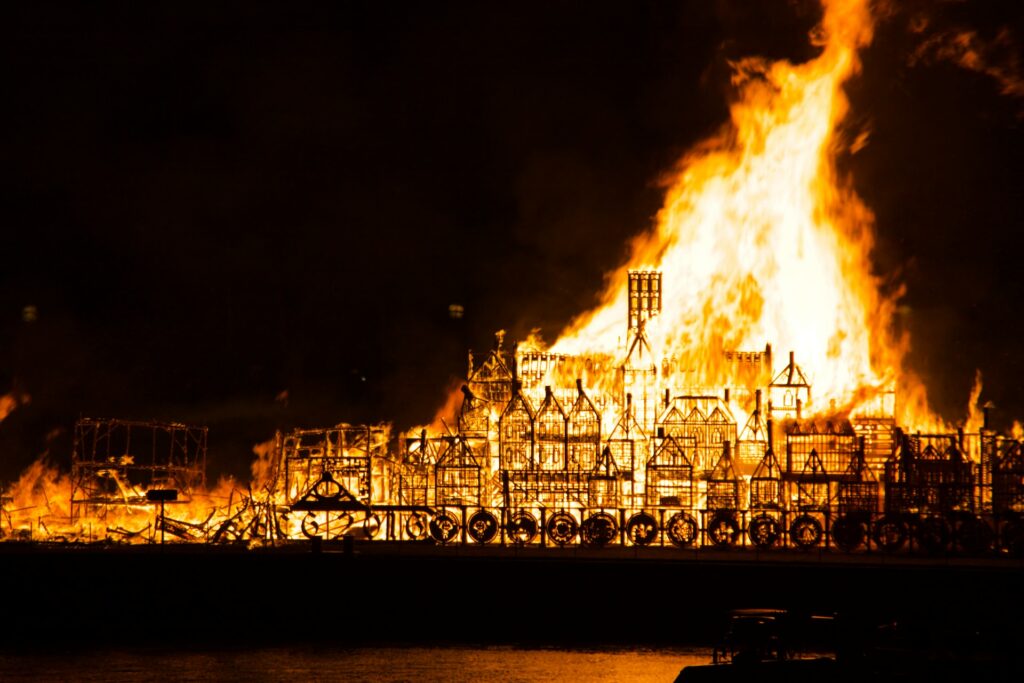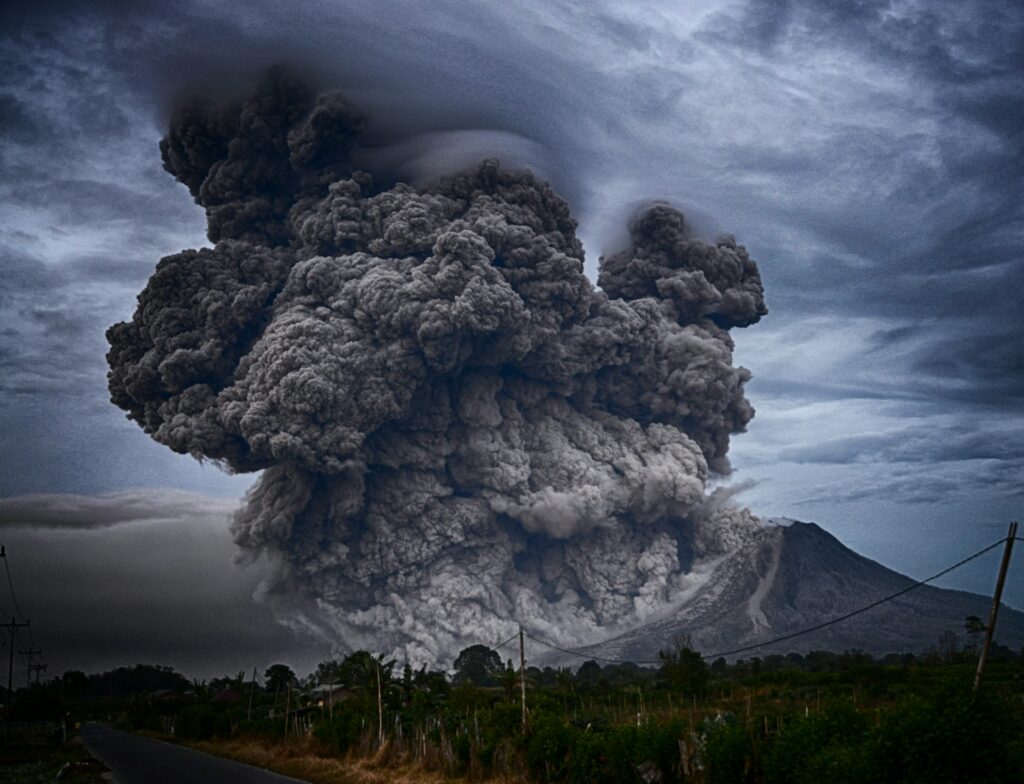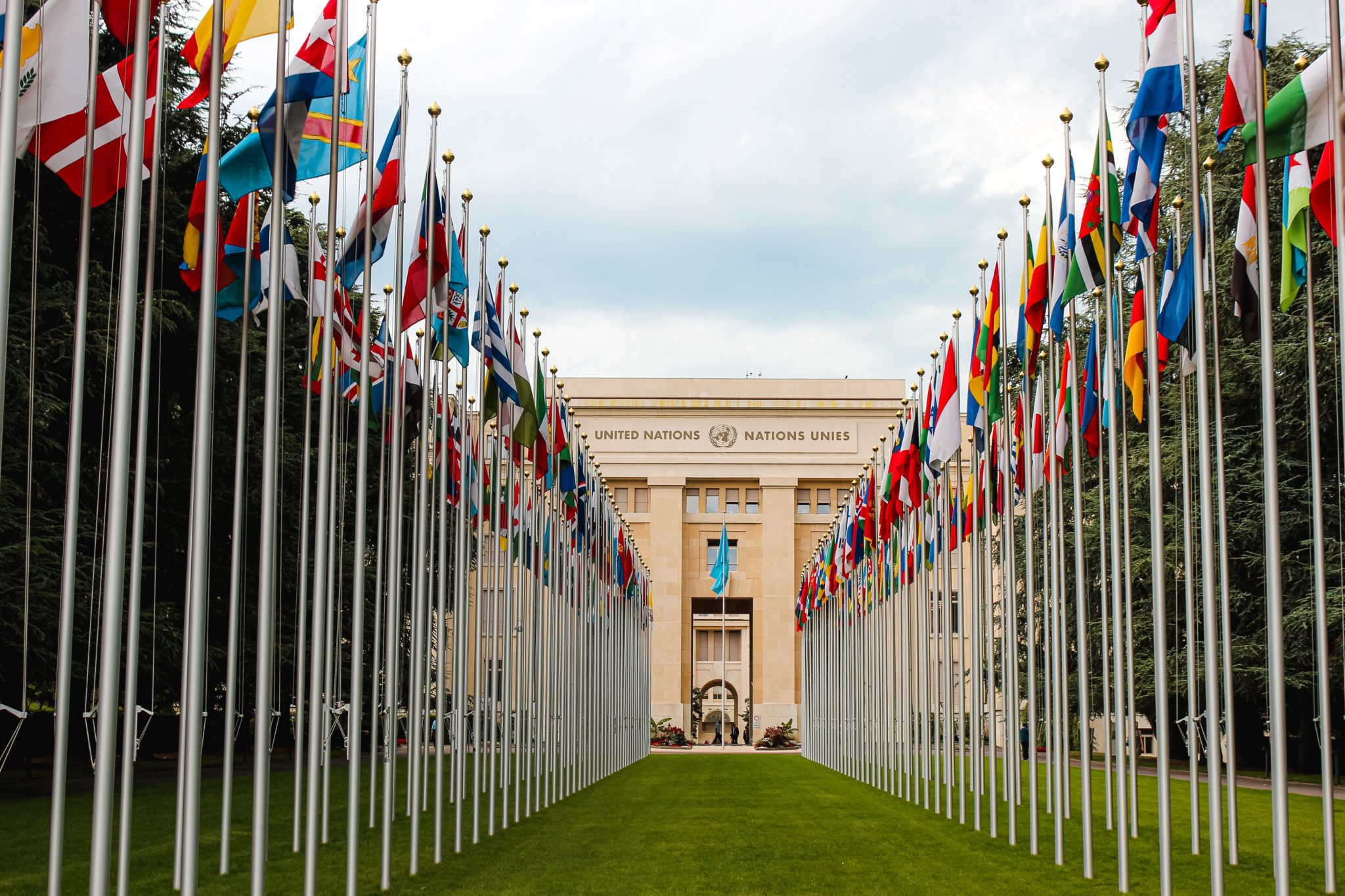Most Recent News


Popular News





Investigating the rule by many government frameworks. How they operate and how they collapse.

The rule by many manifests using systems such as mob rule, majority tyranny, democracy, republic, constitutional monarchy (parliamentary democracy), and similar political systems. I consider the rule by many framework as a governmental structure that exhibits decentralization. The power, control, and wealth are not statically controlled like in the case of the past two frameworks but is ever-changing and not concentrated in any one group, area, institution, or person.
It is sometimes helpful to think of the rule by many framework as a “rule by majority” during its positive stages and a “rule by minority” during its negative stages. With the minority being an ever-increasing mob. What matters when defining a framework is “Who holds the majority of the sources of power within the nation?”. In a rule by one, it was the one. In a rule by few, it was the few. In a rule by many, it depends. At first the majority do through individual action and decentralization. As it degrades, a minority “zealot class” forms to try and overtake that decentralization of the majority. Both are still “the many”. The problem is that minor centralization occurs during this degeneration. They move from a decentralized majority to a decentralized minority (who hold more power than the majority of the many). These are the zealots. This is opposite to what the framework desires, but it occurs nonetheless.
A rule by many does not necessarily mean that everyone in the nation has complete access to the system for tasks such as voting. It merely means that the many hold the majority of the sources of power in the nation. This also often confuses people when thinking about democracy because they relate voting to the “majority” statement. Voting is only one access to the power sources within the system. It is not the whole, so even if voting is somewhat restricted based on some qualifier, a rule by many can still exist if the many hold the sources of power through other means such as a free market, institutional control, military control, cultural control, wealth, direct power over governmental levels, or some other factor. For example, the United States had significant voting restrictions in the decades immediately after its founding, but it would still be a rule by many considering the decentralized nature of the other power sources in the nation with ample examples including state rights, individual rights, and related. Every individual could get involved in the market, the decentralized cultures of the regions, local governance, and various other decentralized avenues without a centralized force having the ability to inhibit them. This is decentralization in action, which is contrary to a rule by few or rule by one. The majority of decentralized agents held the true power, even if they didn’t use it. There was no “one” and there was no “few”.
This framework shares a few key elements such as popular elections, elected politicians, a relatively free market system, protections of personal liberties, high levels of infighting and internal division, short-term focused policy approaches, a high risk for cultural degeneracy, and various other similarities amongst one another.
Rule by many has many obvious benefits. It’s by far the system with most respect to personal liberty and freedom. The economic environment generally yields proper incentives for longer-term than a centrally planned variant. It can have a proper culture and morality, at least at the onset. It has demonstrated potential for longer sustainability given certain circumstances. Out of all of the legacy options, it generally is able to last the longest while remaining in a beneficial manner for the citizens. While other forms can last longer through a stranglehold on centralization and authoritarianism, this form can last a moderate amount of time while being moderately beneficial to the citizenry until it degenerates.
Sadly, it has still failed. It has fallen just like the preceding two frameworks (rule by one and rule by few). It was sold to us as a linear progression to a better future, but history has shown that it degenerates and recycles just the same as the other legacy frameworks.
With this form though, we already know an initial incursion on how it fails. We discussed it ad nauseam on this website, so I won’t get into it here. Search for any of my republic or democracy articles. The short bit is that centralization occurs leading to a “few” reaching component centralization. At that point, it’s no longer a rule by many. The cycle is described in-depth here.
Still, the rule by many has demonstrated the greatest ability for success out of the less-than-ideal options provided. It has the ability to institute proper checks and balances that the other two cannot. It has promise. Which is why I believe any individual trying to solve the problem of the cycle of collapse must build off of this framework. Take what worked for this system in regards to sustainability and fix what did not. We need to address the major weaknesses in this framework and find ways to correct them for the future.
Read Next:
What Is A Rule By Few Framework?
Key Traits Of A Centralizer: The Four Groups
Individuals Acting Collectively Versus Collectivism
If you enjoyed this article, bookmark the website and check back often for new content. New articles most weekdays.
You can also keep up with my writing by joining my monthly newsletter.
Help fight the censorship – Share this article!

(Learn More About The Dominion Newsletter Here)